Some of the oldest standing buildings, those that have stood the test of time, have influenced how architects approach construction today. It is almost a certainty that the first buildings ever constructed have not held up, though there is evidence of their existence. For the purposes of this article, a man-made structure or building is enclosed and large enough for a human to enter. It also must have an entry point that suggests it was used internally. And of course, it cannot be a natural structure. The building doesn’t need to be fully extant; however, there needs to be enough evidence to theorize about its use. What is the world’s oldest man-made structure? And what are five other ancient buildings? Let’s take a look!
What is the World’s Oldest Man-Made Structure?
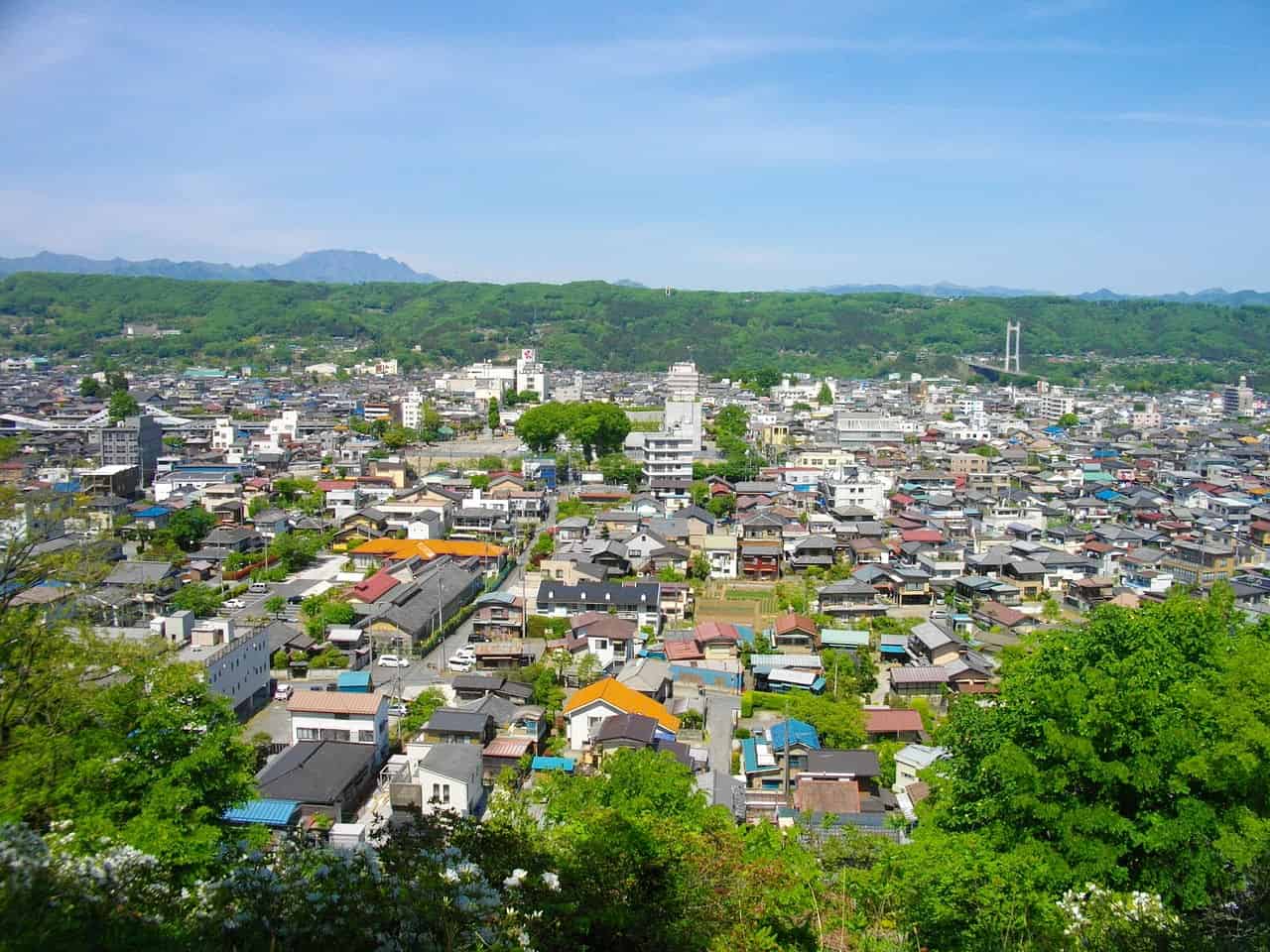
The oldest remnants of a man-made structure ever found were located in Chichibu, Japan.
©Abasaa / public domain – License
The oldest remnants of a man-made structure ever found were located in Chichibu, Japan. These remains are about 500,000 years old. Scientists determined the date through analysis of the volcanic ash making up the dig site.
While this site contains the oldest structure known, it doesn’t qualify as a permanent structure, a temple, or a home. While none of the original huts survived, there are post holes that allow scientists to recreate the building that probably utilized the extant holes.
Homo sapien did not build this structure; Homo erectus built it. This shows that distant ancestors of today’s humans were already making distinctions between inside areas and the outside world.
1.) Göbekli Tepe
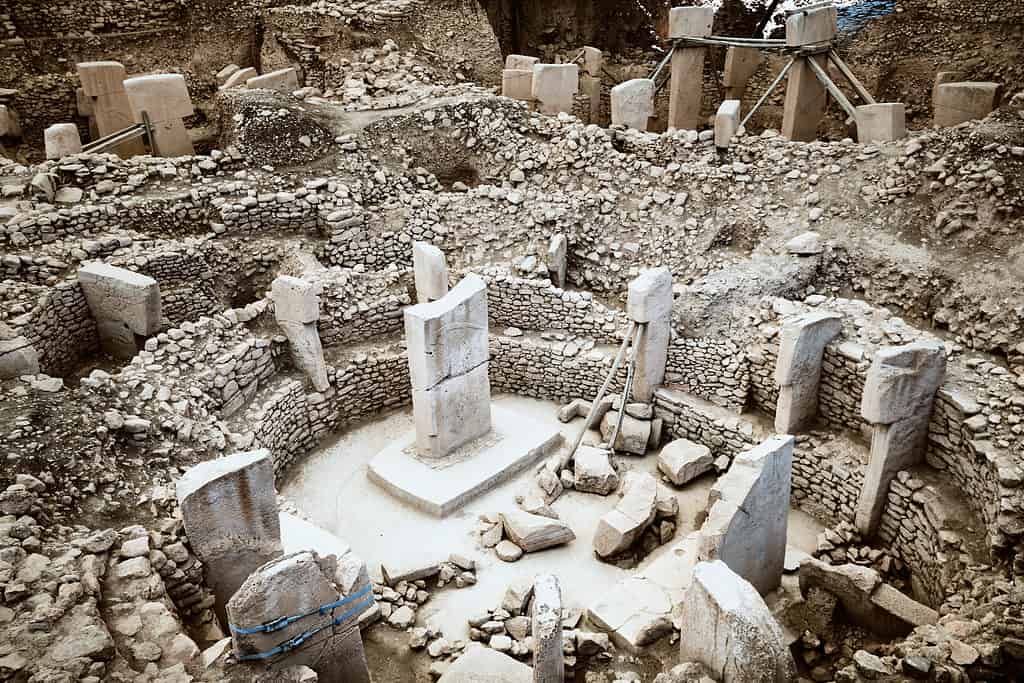
The structure is the oldest temple in the world, and it dates to around 9000 BCE.
©iStock.com/Philipp Berezhnoy
Gobekli Tepe is located in Şanlıurfa, Turkey. Circular buildings along with megaliths are key features of this site. The structure is the oldest temple in the world, and it dates to around 9000 BCE.
It was built about the time that permanent housing took hold in the region. The pillars show a distinctive T shape used locally but not common elsewhere in the world.
There are also many carvings on architectural elements of local animals. These animals include foxes, mouflon, onagers, vultures, snakes, and boars. There are also human depictions in several places around the site.
The domestication of vegetation near the site coincides with its construction. However, no one is certain if agriculture gave rise to permanent structures or vice versa.
2.) Tel Es-Sultan
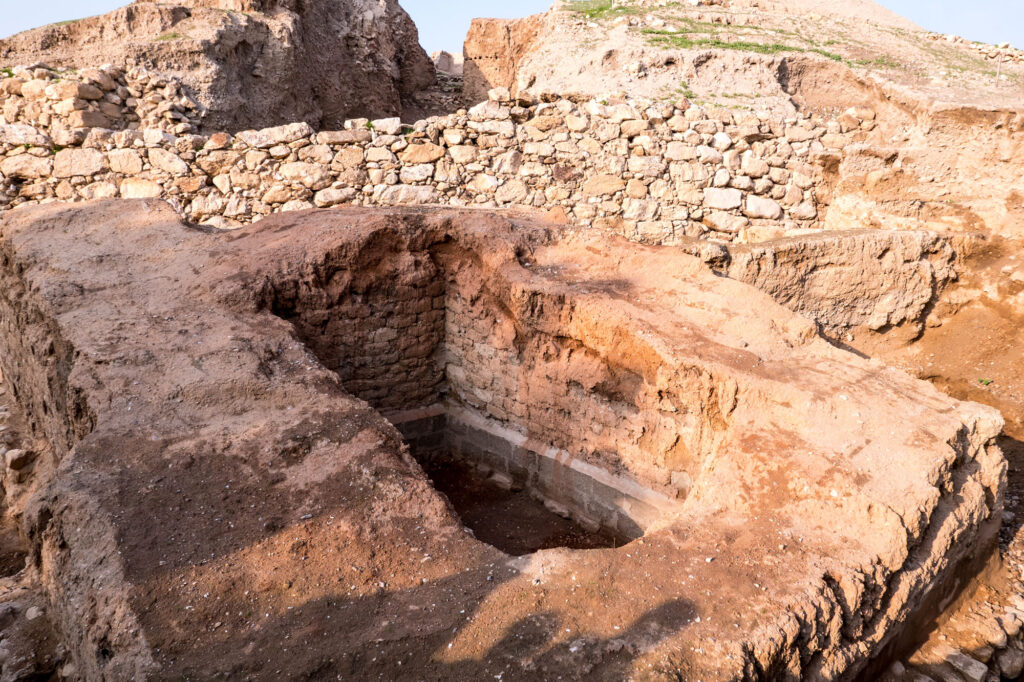
Tel es-Sultan is also called Ancient Jericho and it’s located in the West Bank of Palestine.
©Eugene R Thieszen/Shutterstock.com
Proto-cities are settlements containing many dwellings. They prove that people congregated in one location. Tel es-Sultan is one of the earliest examples of such a city.
Tel es-Sultan is also called Ancient Jericho and it’s located in the West Bank of Palestine. The first humans to use the site were Natufians from 12,000 years ago. These hunter-gatherers developed this site over time since it’s located near a natural spring.
The brick-made houses at this site sit in a circle. The sun-dried bricks contained straw, clay, and the mortar used was mud. The Wall of Jericho and the Tower of Jericho are two important features of this settlement that still exist today.
3.) Mehrgarh
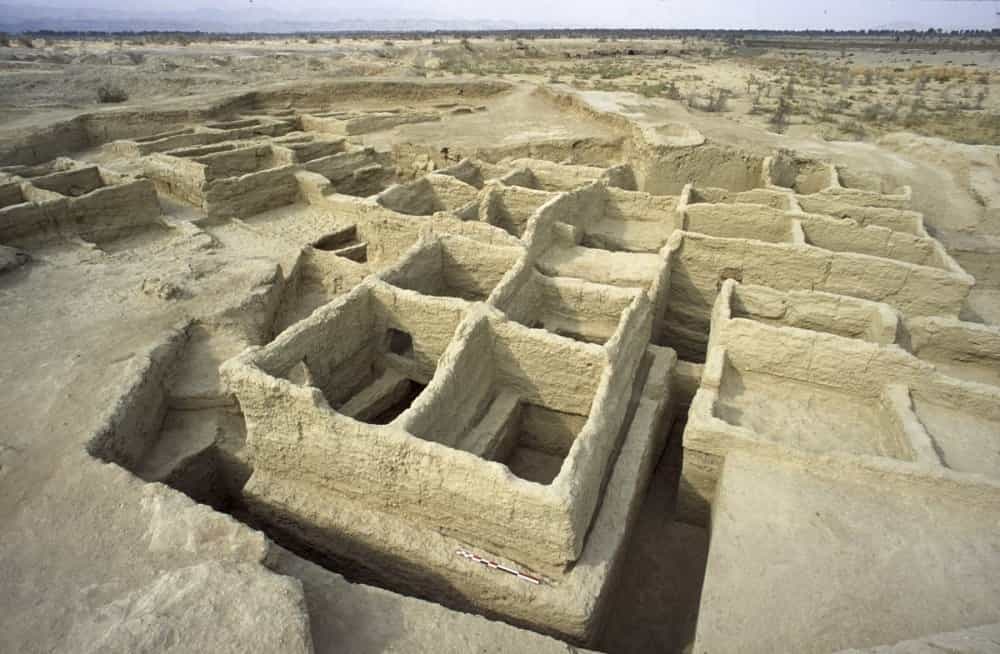
Farming and herding took place at this location by the time humans built Mehgarh.
©Ashish_Premier / CC BY-SA 3.0 – License
Mehgarh is a Neolithic site that is up to 9000 years old. It is located in Pakistan by the Bolan Pass. The site is near the cities of Sibi, Kalat, and Quetta. Farming and herding took place at this location by the time humans built Mehgarh.
Residents made buildings out of sun-dried mud bricks. Interestingly, some of the artifacts in the dwellings suggest established long-distance trade. Additionally, this site is home to the first evidence of primitive dentistry.
There were granaries for storing cultivated cereals, like barley and einkorn. Because of this, archeologists say this settlement was probably the first agricultural hub in Southern Asia. It is a direct precursor to the Indus Valley Civilization.
The Indus Valley Civilization is one of the first independent blossomings of organized civilization. An increased understanding of the dwellings and lifestyles of preceding inhabitants will help elucidate some of the unknown details about the pivotal Indus Valley Civilization.
4.) Ohalo II

This site is on the Sea of Galilee in Israel and it’s one of the best examples of Upper Paleolithic homes.
©Iris Groman-Yaroslavski , Ehud Weiss, Dani Nadel / CC BY 2.5 – License
Ohalo II is about 23,000 years old and it’s the first evidence of a fully constructed home. The definition of a home is a place that has a sleeping area, a hearth, and a functional indoor workspace. While other evidence of hearths existed previously, the positioning of bedding versus the fire in a structure was unknown.
This site is located along the Sea of Galilee in Israel and it’s one of the best examples of Upper Paleolithic homes. Luckily, these six brushwood-built homes are effectively preserved.
One of the huts contained a grinding stone that had traces of wild grains on it. This shows that humans processed cereal at the site. It may also provide evidence that grain cultivation happened much earlier than previously thought.
5.) Terra Amata
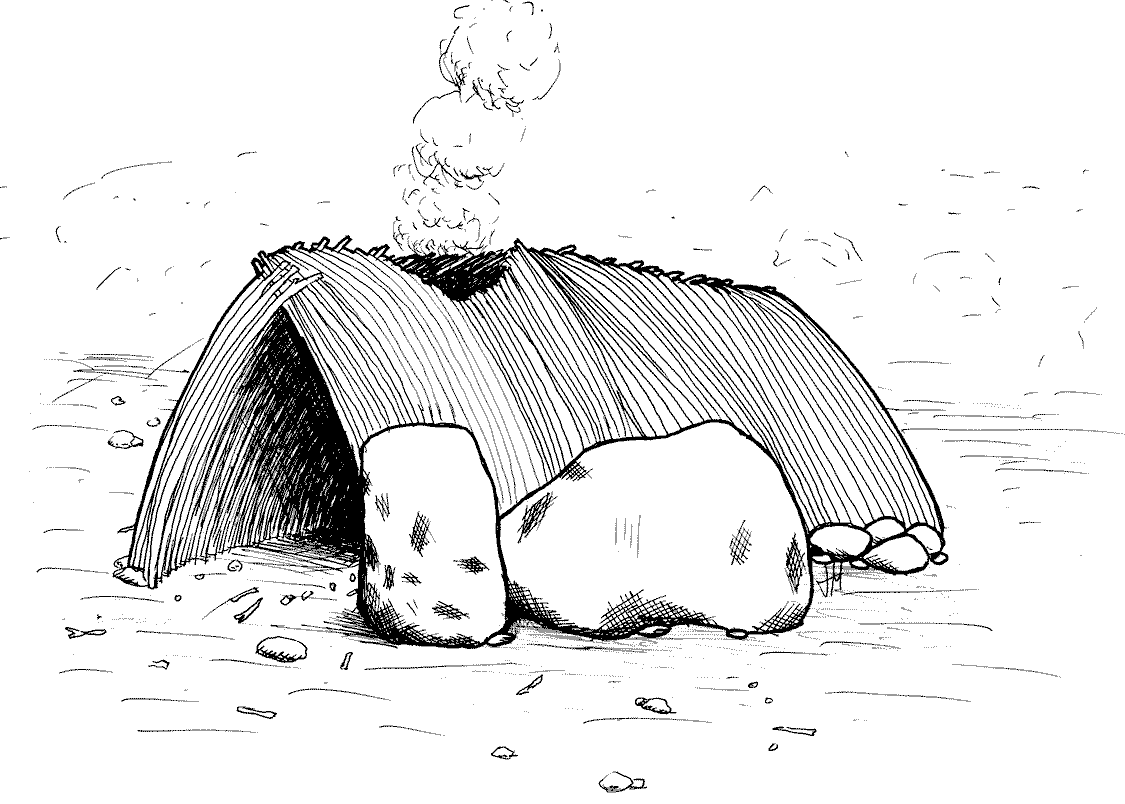
Terra Amata provides some of the first evidence of purposefully built and contained fires by humanoids.
©José-Manuel Benito / public domain – License
The ancient remnants of huts found at the Terra Amata site provide the earliest evidence of a purposefully made structure. This is a Lower Paleolithic site located in Nice, France, that’s between 200,000 and 400,000 years old. It housed Homo erectus, a precursor to Homo sapiens.
These natives most likely constructed huts on an ancient beach that was contemporaneous with the inhabitants of Terra Amata. Skins supported by animal bones made up these huts, which protected around 25 individuals. Additionally, the natives burned a fire inside.
Terra Amata provides some of the first evidence of purposefully built and contained fires by humanoids. This provides a unique snapshot of one of the most pivotal points in human evolution. By domesticating fire, humanoids were able to avoid predators, cook food, see at night, and create new tools.
The huts contained both hearths and workspaces. The locals processed many different animals at this site, as evidenced by tools and bones. Some of the animals that the Terra Amata users ate included auroch, goat, rhinoceros, red deer, and brown bear.
It’s disputed whether the archaeological evidence found at Terra Amata is factual. Because of the sedimentary composition of the area, the stones forming the basis for dwellings may be just naturally occurring river rocks. These river rocks might have settled over time into random circular formations that have been misinterpreted as the framework for a structure.
Honorable Mentions: Other Ancient Man-Made Structures
There are many other archeological discoveries that have been made of man-made structures that we didn’t cover in our list of five. Below are a few more note-worthy buildings created by our most ancient ancestors.
Çatalhöyük
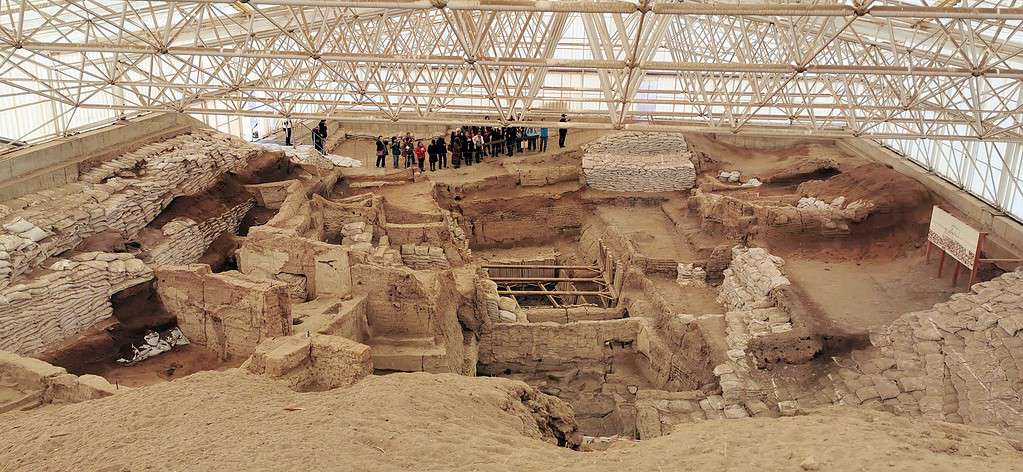
©Murat Özsoy 1958 / CC BY-SA 4.0 – License
This amazing archeological site, first excavated by James Mellaart in 1958, is a ruin of a Neolithic and Chalcolithic proto-city that dates back from 7,500-6,400 years BCE. It’s one of the oldest human settlements in existence, located on the Konya Plain in Turkey. Constructed of mud bricks and plaster, it features advanced architecture, and its wall paintings and other artifacts suggest it was an agricultural community.
Cairn de Barnenez
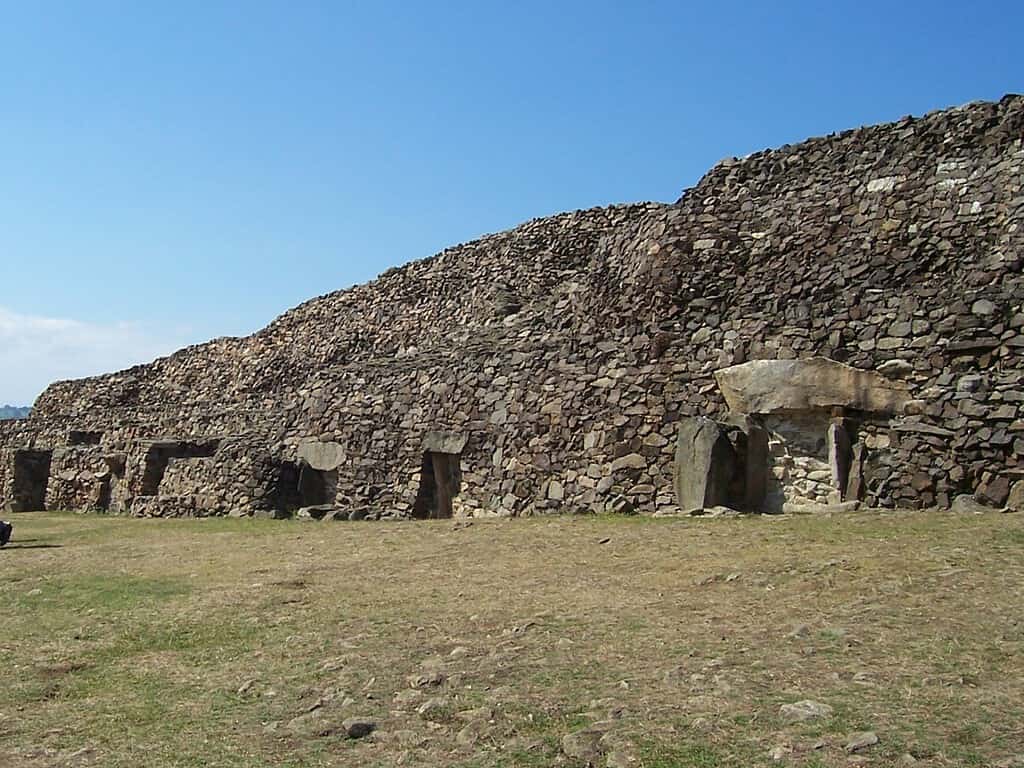
©NewPapillon / CC BY-SA 3.0 – License
The Cairn de Barnenez, also called the Barnenez Cairn, is a Neolithic burial ground located in Brittany, France near Plouezoc’h, on the coast of the English Channel. Dating back to 4,800 BCE, archaeologists believe it is the oldest European megalithic structure in existence. Its age pre-dates it to the Great Pyramids of Giza and Stonehenge. Its two parallel mounds are constructed of stone, with a tunnel between them leading to a central chamber. It features amazing examples of megalithic art, depicting axes, bows, wave symbols (possibly snakes), and U-shaped signs. Other symbols are thought to suggest the ancient Dolmen Goddess, a fertility goddess worshipped by some primitive peoples.
Summary of 5 of the World’s Most Ancient Buildings
| Rank | Site | Location | Date Founded (Estimates) |
|---|---|---|---|
| 1 | Göbekli Tepe | Şanlıurfa, Turkey | 9,000 BCE |
| 2 | Tel Es-Sultan | West Bank, Palestine | 12,000 years ago |
| 3 | Mehrgarh | Bolan Pass, Pakistan | 9,000 years ago |
| 4 | Ohalo II | The Sea of Galilee | 23,000 years ago |
| 5 | Terra Amata | Nice, France | 200,000 – 400,000 years ago |
The photo featured at the top of this post is © iStock.com/bodrumsurf
Thank you for reading! Have some feedback for us? Contact the AZ Animals editorial team.






